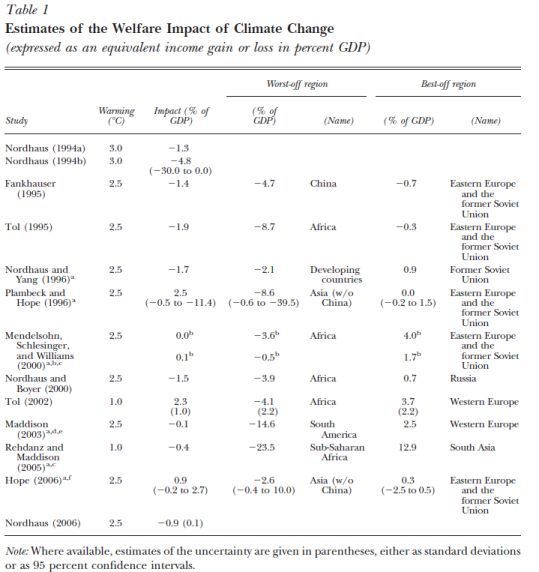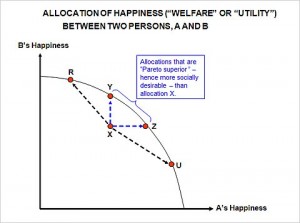For this piece, I refer you directly to Rosalind Resnick’s guest column in today’s Wall Street Journal. For those of you who have taken an entrepreneurship course, I’ll highlight numbers 9 and 10.
9. Not having a business plan
10. Over-thinking your business plan





